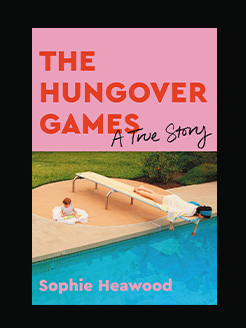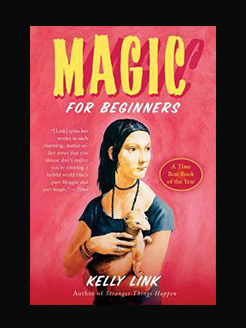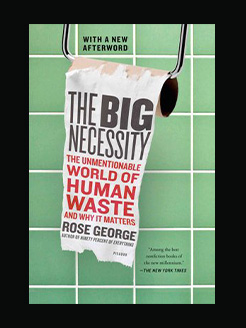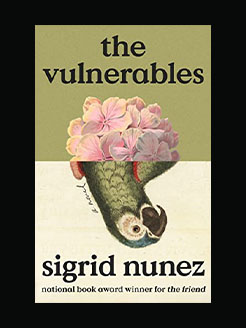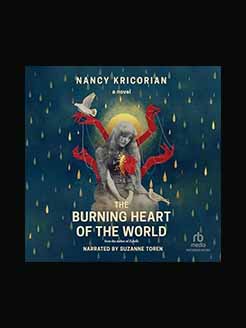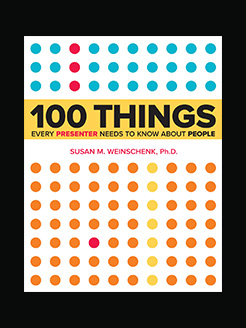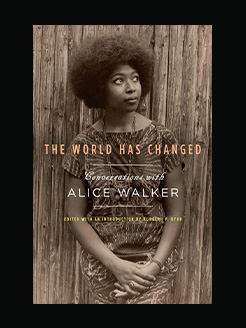Published in 1991
324 pages
Mary Ann Doane (born 1952) is a pioneer in the study of gender in film.
In 1974, Doane received a B.A. in English from Cornell University and in 1979, earned her Ph.D. in Speech and Dramatic Art from the University of Iowa. Doane specializes in film theory, feminist theory and semiotics, and she joined the UC Berkeley Film and Media faculty as the Class of 1937 Film and Media professor in the fall of 2011.
Doane is best known for her collection of essays Femmes Fatales: Feminism, Film Theory, Psychoanalysis. The essays in this book examine the ways in which women are misrepresented and alienated in films. The articles have appeared in academic journals such as Screen, Discourse, Camera Obscura, and Psychoanalysis and Cinema, an anthology by E. Ann Kaplan.
Doane argues that Classical Hollywood cinema was produced, moderated, and controlled by the male spectator’s views. Thus, most of the female characters are a representation of their desires or fears. She gives the example of the Femme Fatale, a female stock character that often appears in the Film Noir genre. The femme fatale is often portrayed as an evil force trying to deceive the male protagonist, and she is usually punished or killed because of this. Doane claims this is a “desperate reassertion of control on the part of the threatened male subject.” This is debated amongst film theorists, but Doane argues that the femme fatale is not an empowered female character. She is a projection of masculine insecurities and should not be viewed as a character with agency.
In Film and the Masquerade: Theorising the Female Spectator, Doane agreed with Laura Mulvey on cinema catering to male pleasures and the male gaze. She argues that women are too close to the object of the gaze; they struggle between feminine and masculine viewing positions, “invoking the metaphor of the transvestite.” As a result of having to adopt male viewpoints, women are more fluid in terms of sexuality and gender. Women must “masculinize” their spectatorship to avoid masochism (from over-identification) or narcissism (from becoming their own object of desire), and because of this, Doane claims “womanliness is a mask which can be worn and removed”.
Doane has also written, published, and co-edited numerous other articles and books, including The Desire to Desire: The Woman’s Films of the 1940s and The Emergence of Cinematic Time: Modernity, Contingency, the Archive.
What is this book about?
In this work of feminist film criticism, Mary Ann Doane examines questions of sexual difference and knowledge in cinematic, theoretical, and psychoanalytic discourses. “Femmes Fatales” examines Freud, the female spectator, the meaning of the close-up, and the nature of stardom. Doane’s analyses of such figures as Pabst’s Lulu and Rita Hayworth’s Gilda trace the thematics and mechanics of maskes, masquerade, and veiling, with specific attention to the form and technology of the cinema. Working through and against the intellectual frameworks of post-structuralist and psychoanalytic theory, Doane interrogates cinematic and theoretical claims to truth about women which rely on judgements about vision and its stability or instability. Reflecting the shift in conceptual priorities within feminist film theory over the last decade, “Femmes Fatales” addresses debates over female spectatorhsip, essentialism and anti-essentialism, the tensions between psychoanalysis and history, and the relations between racial and sexual difference. Doane’s nuanced and original readings of the “femme fatale” in cinema illustrate confrontations between feminism, film theory and psychoanalysis. This book should be of interest to students and lecturers in women’s studies, communications studies and film theory.
